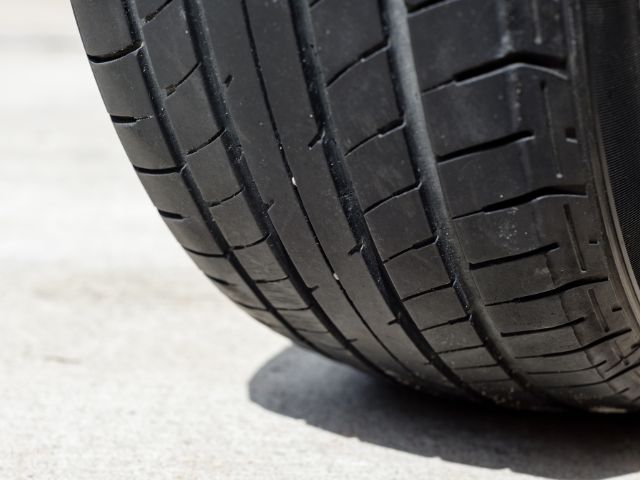

The tread on the tires can tell drivers a lot about their vehicles, especially if there’s a problem with the suspension or alignment. Below, we’ll discuss what you should know about tire wear patterns and what certain patterns could tell you about your car.
Toe and camber wear is something every driver should look for, as it’s evidence of more significant issues with their car. Toe and camber are aspects of a car’s wheel alignment, and if the tire is showing signs of tread wear for either, the wheels are likely out of alignment.
Toe wear will make the tread of the tire look and feel like saw teeth, so it should be easy to notice for any driver after observing their tires. Camber wear can make the inner or outer tread of the tire significantly more worn than the rest of the tire, depending on whether your tires get affected by negative or positive camber. Either way, tires evincing such wear should get checked and fixed immediately.
Tire cupping, known as scalloped tires, can make it look like the ice cream man took his scoop and went around the entire circumference of your tire, scooping out tread every few inches. Tire cupping can come from various suspension issues, from misaligned tires to worn shocks.
Whatever the reason for the cupping, if you notice them on your tire tread, you should remedy the problem immediately. Tire cupping reduces the tire’s traction to the surface, making for a less safe and more uncomfortable driving experience.
If just the edges of your tire tread look worn while the rest of the tire seems normal, it could be from underinflation. Underinflated tires naturally depress more on the road surface, making the edges of the tire take on more force and pressure than they’re designed to and wearing out the edges faster.
Underinflated tires wear out tires faster, making the car less efficient and costing you more money. Check your tire pressure frequently to avoid wearing down your tires quickly and ensure your vehicle is as efficient as possible.
Another tire wear pattern you should know about is if the center of the tire is more worn down than the surrounding edges. A center tire wear pattern is likely a sign that you’re overinflating your tires.
Overinflated tires place more pressure and weight on the center of the tire, causing the tread to wear down more quickly than the rest. Always keep your tires within the recommended pressure range outlined in the owner’s manual or printed on the driver-side door jamb.
24World Media does not take any responsibility of the information you see on this page. The content this page contains is from independent third-party content provider. If you have any concerns regarding the content, please free to write us here: contact@24worldmedia.com
